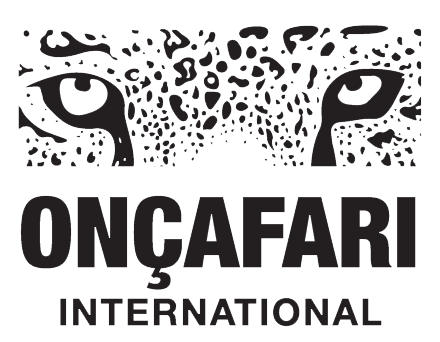Spanning roughly 195,000 km² in the Upper Paraguay Basin, the Pantanal is the world’s largest tropical wetland and floodplain, shared by Brazil, Bolivia, and Paraguay. Recognized by UNESCO as a Natural Heritage Site and Biosphere Reserve, it is a unique ecological mosaic where the Cerrado, Amazon, Atlantic Forest, Chaco, and Chiquitano Dry Forest converge.
Its seasonal flood cycles—from October to March (wet) and April to September (dry)—shape the region’s biodiversity and create ideal conditions for wildlife observation, including jaguars. Home to more than 3,500 plant species and hundreds of bird, mammal, reptile, amphibian, and fish species, the Pantanal harbors one of the highest jaguar densities in the world.
Onçafari operates at Caiman Pantanal, Santa Sofia Reserve, São Francisco do Perigara Reserve, Mutum Reserve, and the Taquari Wetlands implementing ecotourism, scientific research, rewilding, and fire management initiatives to conserve this rich and vital biome.











Social
Providing training and employment in ecotourism and conservation, improving quality of life and promoting sustainable livelihoods.
Onçafari’s Social Program empowers local communities and promotes sustainable livelihoods while contributing to biodiversity conservation. We focus on improving quality of life through initiatives that foster environmental awareness, support income generation, preserve cultural heritage, and strengthen territorial management. By investing in people, we help build resilient communities that are active partners in protecting Brazil’s natural heritage.